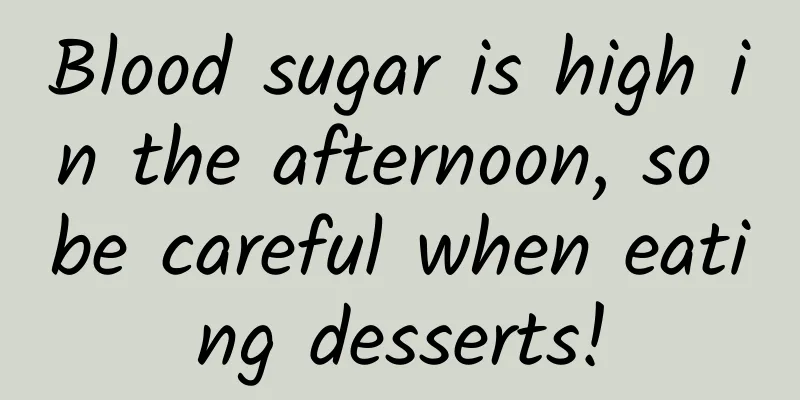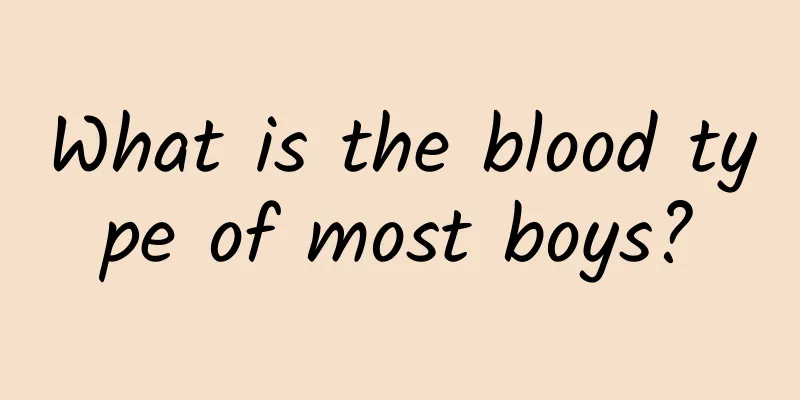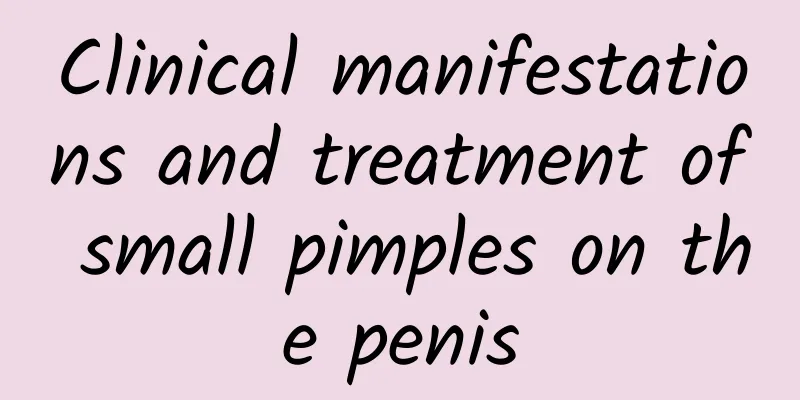Blood sugar is high in the afternoon, so be careful when eating desserts!

|
Is it true that blood sugar levels are high in the afternoon? In fact, people who like to eat desserts in the afternoon do not easily have high blood sugar levels, and blood sugar level fluctuations are also small. People with diabetes need to pay attention to a reasonable diet. What snacks should diabetics eat in the afternoon? So, how do diabetics eat sweets? 1. Eating desserts in the afternoon will reduce blood sugar fluctuations Snacks and desserts are indispensable in people's lives, but for diabetics, these small snacks may become a "sweet burden" that they want to eat but dare not eat. However, a recent study in Japan found that eating desserts around 15:00 in the afternoon is less likely to cause diabetes. What is going on? Let's take a look. The research team conducted a clinical study in which 20 patients with type 2 diabetes were asked to eat three cookies each time after breakfast and before 12:30 p.m. and around 3 p.m. on two days. The results showed that the blood sugar levels of those who ate desserts in the morning rose faster and varied more, while those who ate desserts in the afternoon had relatively small fluctuations in blood sugar levels. Eating desserts in the morning may be affected by breakfast. Before breakfast is fully digested, desserts will further increase the burden on blood sugar. Around 15:00, people's metabolic regulation ability is better, the blood sugar regulation level of the day is the most stable, and the main meal has been digested and absorbed, which is the "best time" to supplement snacks. In addition, for people with excess visceral fat and risk of diabetes, they can follow the eating order of eating vegetables first, then protein, and finally carbohydrates, which can also help stabilize blood sugar and prevent diabetes. 2. How do diabetics eat sweets? First of all, we should clarify the relationship between sweets and sugar. The so-called "sweet food" refers to foods containing a large amount of sucrose and glucose, such as glucose water, brown sugar water, sucrose, ice cream, chocolate, ice cream, moon cakes, etc. After eating these foods, the sugar will be quickly absorbed by the human body, and blood sugar will rise sharply and last for a period of time. The food we usually eat, such as rice, noodles, steamed bread, etc., are all starchy foods, which belong to polysaccharides. After being eaten, they are metabolized into glucose to provide energy. These foods enter the gastrointestinal tract and are gradually digested and absorbed, and the increase in blood sugar caused by them is far less than that caused by eating the same amount of sweets. The increase in blood sugar level after eating 2 taels of rice is different from the increase in blood sugar caused by drinking 2 taels of sugar water or the same amount of ice cream, and the secretion of insulin is also significantly different. This is why diabetic patients "change color when they hear the word sugar". However, it does not mean that diabetics should not eat sweets. If blood sugar is stable, it is okay to eat some sweets in moderation. You need to pay attention to what to eat, how much to eat, and when to eat. Different sweets contain different amounts of sugar, so you need to calculate the calories and pay attention to subtracting them from the staple food. For example, the calories produced by a large apple are equivalent to one or two grams of rice. Therefore, the amount of food eaten at one time should not be too much, such as only 1-2 slices of watermelon or half an apple. As for the time of eating, it is recommended to eat between meals, such as 10 am and 3-4 pm. Eat less staple food and eat some sweets as snacks, which is especially suitable for patients who still have high blood sugar after taking oral hypoglycemic drugs or insulin treatment. This can prevent the blood sugar from being too high after meals and prevent hypoglycemia before meals. As for how much sweets a patient can eat, experts believe that this is not a theoretical question, but a practical question, and monitoring blood sugar can give a good answer. If blood sugar rises significantly after eating sweets, it means that you are not suitable for eating such food, or you eat too much. If you can accurately adjust your diet based on the results of blood sugar monitoring, this problem will be solved. In fact, there is another way for diabetics to eat desserts, which is to use sweeteners instead of sugar. Commonly used sweeteners include stevia, bifidobacterium, aspartame, and xylitol. They are much sweeter than sugar, but have no effect on blood sugar and have very little or no calories. It should be noted that foods with added sweeteners are not really "sugar-free" and should not be eaten too much. For example, "sugar-free mooncakes" do not contain sucrose, but their main ingredients are starch and lipids, which can produce high calories and will significantly increase blood sugar after eating, so they must not be eaten freely. After reading the above introduction, now you know how diabetics eat sweets. |
<<: Want to lose weight? ——Honey ginger soup helps you get rid of fat
>>: Is it good to drink ginger soup at night? Why?
Recommend
What to drink for prostatitis
There are many reasons for prostatitis, usually c...
What foods can men eat to protect their liver?
With the rapid development of social economy, the...
Why does sperm turn green?
Green sperm color must be watched carefully, beca...
Men like to sleep naked. What are the advantages and disadvantages?
Men sleeping naked gives them a sense of freedom ...
What are the benefits of men training abdominal muscles?
Men with six or eight-pack abdominal muscles can ...
Symptoms of parathyroiditis
Many people do not have a special understanding o...
Does eating garlic kill sperm or strengthen sperm for men?
Men have always been eager to improve their sexua...
There are taboos for fitness swimming, and many people are not suitable for it!
In summer, swimming pools are very lively places....
Can drinking ginger soup help you lose weight? Drink it correctly and you can lose one pound a day!
In modern society, there are many people who have...
What is the best medicine for men to take for frequent urination?
Prostate problems are also a serious male problem...
The difference between a daughter-in-law and a wife, you will understand after reading these points
Most people think that a daughter-in-law is a wif...
The four best Chinese patent medicines for impotence
Chinese medicine is known to be a medicine that c...
What causes painful urination in men?
I believe everyone has experienced this situation...
Introduction to the characteristics of impotence
Physical health means that all aspects of the bod...
What are the hazards of intracavitary intervention?
I believe that everyone is familiar with prostate...









